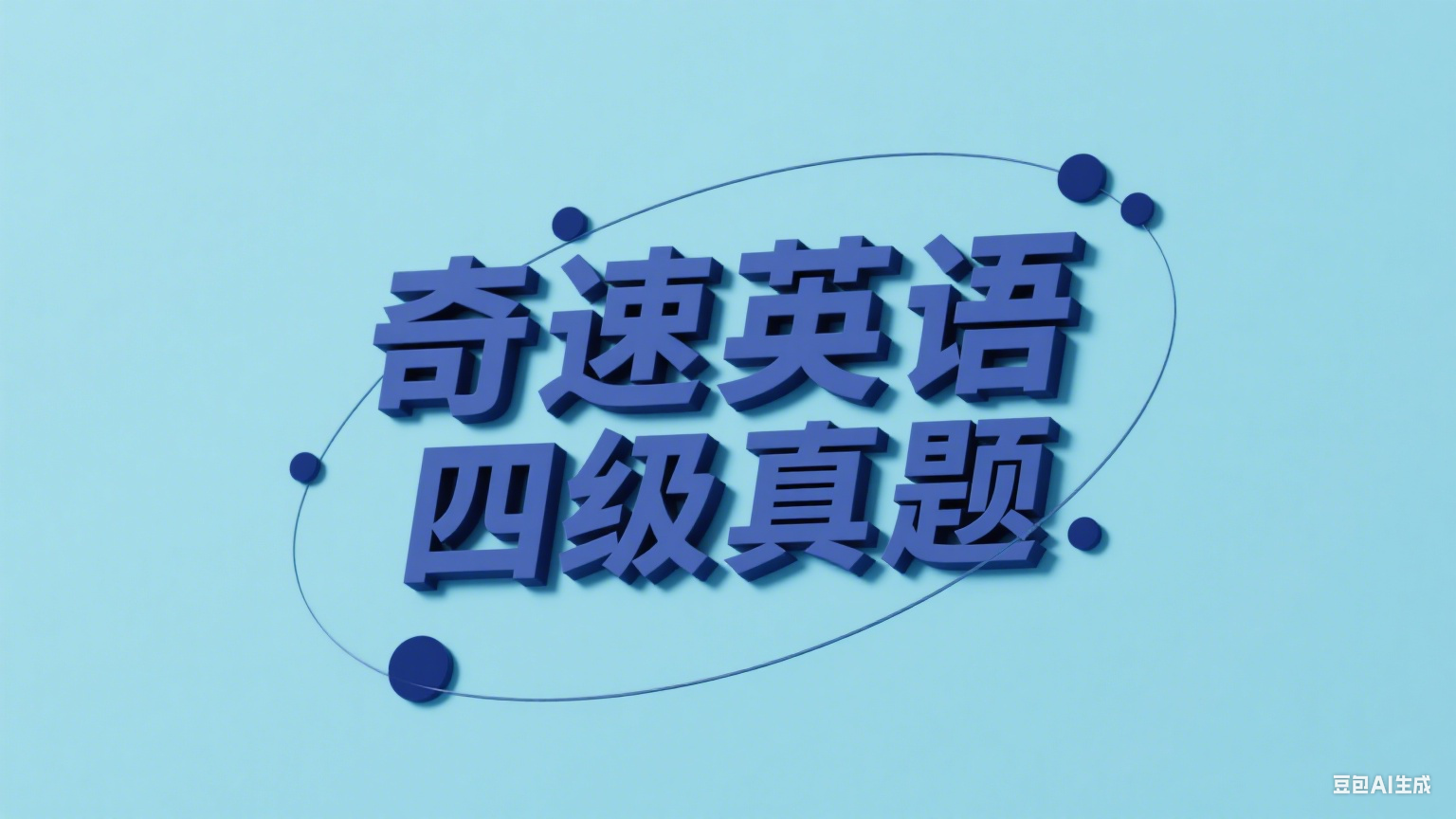
① We’re eating more fish than ever these days. At around 20 kilograms per person global fish consumption is now more than twice what it was in the 1960s. What’s really remarkable, though, is where that fish comes from.
② For the first time in human history, most of our aquatic (水产的)food now comes from farming rather than fishing.
③ People ate around 73 million tonnes of farmed fish — just more than half of the volume of fish that humans consumed — in 2014. That’s out of a total fish supply of 167 million tonnes; the remaining 20 million or so tonnes go into things like animal feed and medical products.
④ To keep eating fish at the current rate,we’re definitely going to need to keep aquaculture (水产养殖) developing. That’s because the volume offish caught in the wild has leveled off since the 1990s.
⑤ Back in 1974, only 10% of marine fish stocks had been overfished. Now, more than three-tenths are. Only a tenth of our oceans’ fish stocks could sustain heavier fishing than current levels.
⑥ But while catchings at sea have suffered, fish-farming has been growing at a fast rate. A lot of that is coming from China, which produces 60% of the world’s farmed fish. In fact, some 35 countries, including China, now produce more farmed than wild-caught fish.
⑦ This shift toward aquaculture isn’t just good for ensuring salmon ( 三 文 鱼 ) on your plate; it’s also crucial to ensuring food security and sustainability. By 2050, the world will need to feed an estimated 9.7 billion people. They’ll have to get their protein somewhere. However, raising cattle, pigs, and other land-based animals requires vast sums of grain and water. For example, pound for pound, beef requires 15 times more feed to raise than carp, a freshwater fish farmed all over Asia. That grain-and the water needed to grow it-could be consumed by people instead.
⑧ However, aquaculture is no silver bullet. In some southeast Asian countries, shrimp farming does disastrous damage to marine ecosystems. Despite these problems, however, shrimp continues to be among the most popular sea foods worldwide.
1.1.What does the author say is remarkable about the fish we eat?
A They reproduce quickly.
B They are mostly farmed.
C They have become as important as grain.
D They have a longer history than humans.
解析:选B。B 细节理解题。由题干中的remarkable about the fish we eat 定位到第一段最后一句和第二段。第一段最后一句提到,真正值得注意的是这些鱼的来源。第二段接着指出,我们大部分的水产食物来自养殖而非捕捞。由此可知,我们吃的大部分的鱼是养殖的。故选B。
2.2. What do we need to do if we keep consuming fish at the current rate?
A Increase the fishing volume considerably.
B Develop more advanced fishing technology.
C Enlarge the marine fish stocks effectively.
D Expand the scale offish-farming continuously.
解析:选D。D 推理判断题。由题干中的 keep consuming fish at the current rate定位到第四段第一句。定位句提到,为了保证鱼肉摄入量一直处于现如今的水平,我们肯定需要让水产养殖业不断发展。通过推断可知,让水产养殖业不断发展的举措肯定包括扩大养殖规模。故选 D。
3.3.What does the author say about China in terms of aquatic food?
A It places increasing emphasis on fishing now.
B It boasts of the world’s largest fishing stocks.
C It raises more fish than caught from the wild.
D It supplies 60% of the world’s fish products.
解析:选C。C 细节理解题。由题干中的 China 和 aquatic food 定位到第六段最后一句。定位句指出,事实上,包括中国在内的约35个国家,现如今的养殖鱼产量超过了野生捕捞量。C选项中的raises more...than caught from the wild对应定位句中的 produce more farmed than wild-caught。故选C。
4.4.Why does the author say aquaculture is so important these days?
A It is a must for feeding the world’s fast-growing population.
B It proves a reliable source of protein for humans and animals.
C It is essential to maintaining both mental and physical health.
D It ensures a balanced healthy diet for people the world over.
解析:选A。A 推理判断题。由题干中的 aquaculture is so important定位到倒数第二段。定位段提到,这种向水产养殖的转变对于确保食品安全性和可持续性至关重要。到2050年,全球将需要养活大约97亿人。他们需要从某些地方获取蛋白质。随后用牛和鲤鱼的例子来说明,养鱼比养牛更划算。结合段落大意可以推断出,发展水产养殖对于养活迅速增长的人口更有利。故选 A。
5.5.What does the author imply by saying aquaculture is no silver bullet?
A Shrimp-farming is a risky business.
B Fish-farming will not be sustainable.
C Fish-farming may cause serious problems too.
D Shrimp-farming can become quite expensive.
解析:选C。C 细节理解题。由题干中的 aquaculture is no silver bullet定位到最后一段。最后一段第二句指出,在一些东南亚国家,虾类养殖对海洋生态造成了灾难性的破坏。由此可知,水产养殖也有负面影响。故选C。